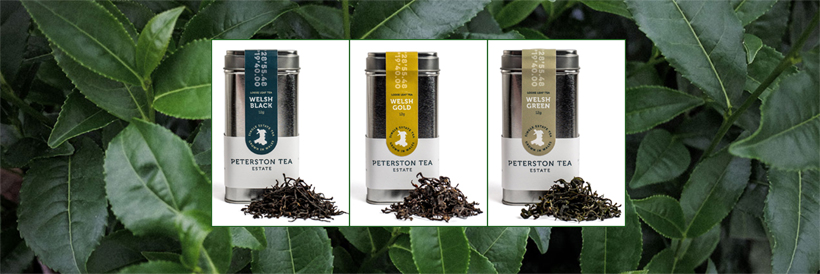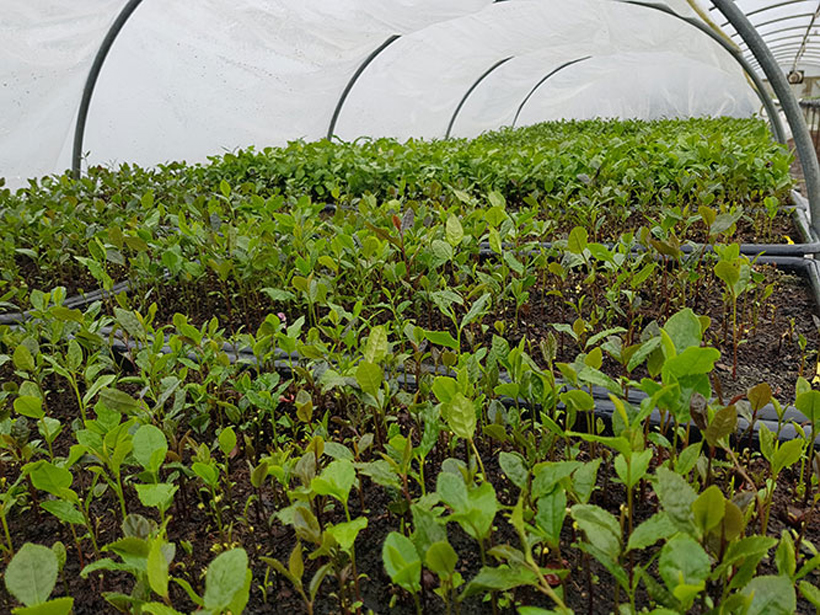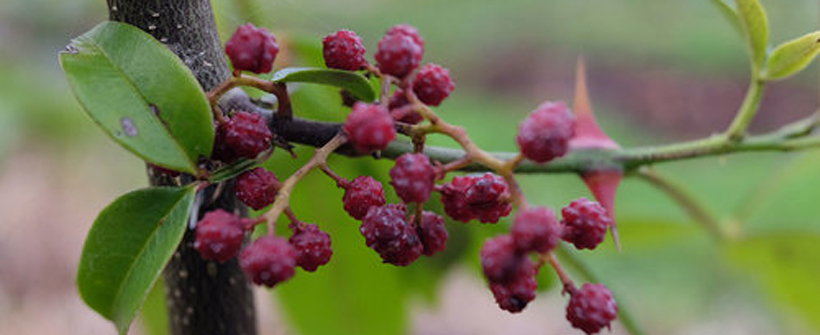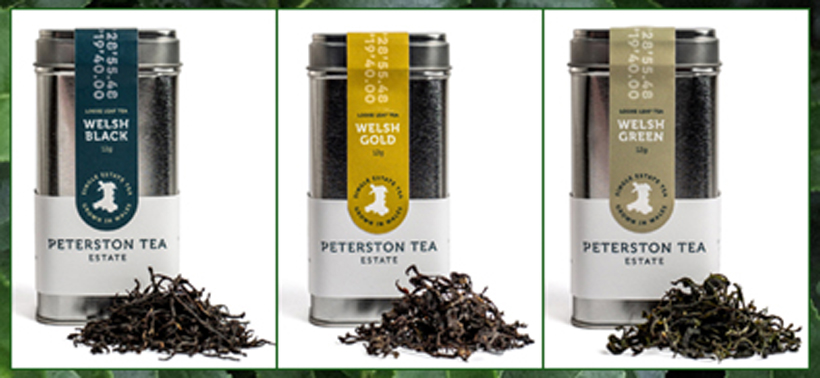 |
 |
| . |
|
Welsh Tea – Grown in Wales and Made in Wales – We are really proud to be one of the first commercial tea farms in the UK producing 100% single estate teas.
We began growing tea (Camellia sinensis) on our family farm in the Vale of Glamorgan in early 2015 and what started as a mini project to see what was possible soon became many thousands of plants. Growing tea here is not exactly straightforward – our climate is quite challenging and conditions really are distinctly marginal – but it is possible, and with much patience, learning and nurturing we are on our way to producing very special, completely unique teas.
|
| . |
 |
|
WELSH TEA ESTATE
It takes a good few years of hard work to produce Wesh tea! We are growing most of our tea plants from seed which is carefully sourced from a number of different areas, ex Soviet Georgia and Ilam in Nepal to name a couple. Each seed produces a unique plant so growing in this way gives us huge genetic variance and the best possible chance of establishing high quality plants that tolerate our climate. It also means our teas will be as nature intended, rich in diversity of flavour & aromas, always full of character but always changing – and completely unique!!
Some of our tea is growing under poly-tunnels and some on a south facing, slightly windswept hill, although in Wales this tends to mean a hillside regularly experiencing gale force winds and horizontal rain.
|
 |
|
…FROM SEED TO CUP
It takes 4-5 years from planting for tea plants to mature into good sized bushes with a ‘table-top’ that can withstand regular plucking, so to produce good tea, there has been a bit of a wait! Our protected plants are growing much faster than those braving the maritime weather outside and we have been able to pick our first tea leaves from them in 2018.
The concept of terroir applies strongly to tea – the soil, habitat and climatic conditions our plants experience impart a unique character to the finished teas. We think that our combination of location, farming methods, careful picking and innovative processing are heading towards making a very special product.
|
| |
| WE ALSO GROW PEPPER |
 |
| |
| It was important to enhance the microclimate surrounding our tea plants – they need shelter from harsh winds and are grateful of some shade when we get scorching hot summers. This is where agroforestry comes in – a system of growing both trees and horticultural crops on the same land to conserve, diversify and sustain natural resources. We hunted high and low for a suitable crop and decided that Sichuan pepper trees were perfect. Growing trees alongside our tea has huge benefits – our tea plants get the protection they need, the soil structure is improved and they help form a perfect habitat for wildlife. |
 |
| |
|
Sichuan pepper is derived from the genus Zanthoxylum which is part of the citrus and rue family. Despite the name it is not botanically related to black pepper but is in fact the dried husk of berries that have an amazing citrusy, peppery aroma.
We are currently growing eight different species of Zanthoxylum which can be broadly divided into a couple of types of pepper, Sichuan and Timut.
|
|
Sichuan pepper
Sichuan pepper ripens in autumn and after a couple of days sun drying have a punchy, lemony, slightly earthy flavour with a stunning aroma. It has a characteristic ‘mouth numbing’ quality and is one of the spices used in Chinese five-spice powder. Fresh leaf can also be used to make the most amazing aromatic pesto.
|
Timut pepper
This is a Nepalese variety of Sichuan which has an incredible spicy citrus flavour, a slight grapefruit aroma and the signature Sichuan mouth tingling. Everyone who has tried these peppercorns is amazed by them, they really are flavour bombs! Even the bark and leaves give off a fantastic aroma.
|
 |
| |
Biodiversity & Agroforestry
A small farm with big ideas – we are passionate about promoting biodiversity on our farm and doing what we can to restore hedgerows and tree shelter belts.
Our aim is to grow all of our tea and Sichuan pepper without the use of chemical sprays and the best way to achieve this is to provide a habitat in which birds, mammals, insects and microorganisms can flourish.
So far we have planted over 250 trees and put in nearly 300m of hedgerow as well as putting up bird boxes and insect hotels. We are carefully choosing species that will enhance our soil and micro-climate whilst benefiting our tea plants.
|
 |
| |
| |
| |
| |
| |

 PAGE Q.R. CODE
PAGE Q.R. CODE
 PAGE Q.R. CODE
PAGE Q.R. CODE